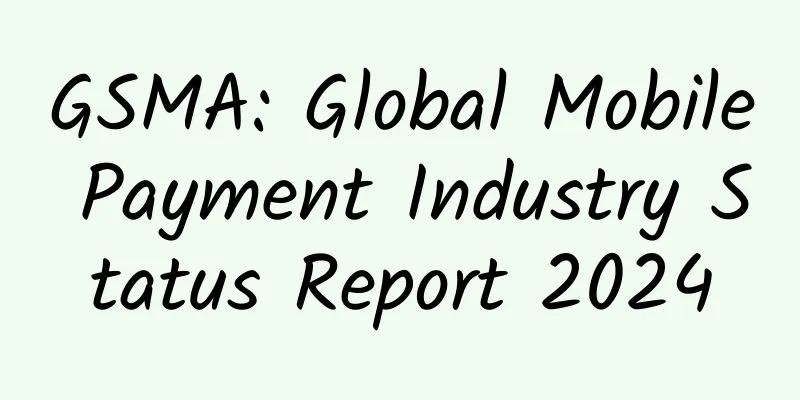GSMA: Global Mobile Payment Industry Status Report 2024

|
According to the GSMA's "2024 Mobile Payment Industry Status Report", mobile payment services have grown exponentially, with registered accounts doubling over the past decade, especially in West Africa. In 2023, global payment transactions will increase by 14% year-on-year, equivalent to $2.7 million per minute. Mobile payment transactions increased by 23% year-on-year to $85 billion per year. From 2013 to 2022, the GDP of countries with mobile payment services will be $600 billion higher than that of countries without mobile payment services, which means that mobile payment has increased GDP by about 1.5%. Mobile payments are increasing socio-economic impact Mobile payments promote financial inclusion and digital access, contributing to the achievement of 15 of the 17 UN Sustainable Development Goals, up from 13 in 2019. Credit is the most popular financial service offered by mobile money providers (MMPs), with the number of credit products increasing 73% year-on-year. MMPs tracking disaggregated data found that the cumulative number of unique female customers saving via mobile payments grew 98% between September 2022 and June 2023. In addition, as more businesses adopted mobile payments, average revenue per user grew more than 40% from $2.2 in September 2022 to $3.2 in June 2023. Mobile payment accounts are increasing In 2023, the number of registered mobile money accounts worldwide will reach 1.75 billion, up 12% from 2022. Although the annual growth rate of registered mobile money accounts is slowing (from 15% in 2022 and 19% in 2021), this reflects the industry's maturity. Sub-Saharan Africa has seen significant growth, with the share of registered accounts increasing for two consecutive years, reaching 47% in 2023, the highest level since 2019. In 2023, Sub-Saharan Africa accounted for more than 70% of the total global growth in registered accounts, and South Asia accounted for 1/5. West Africa becomes the birthplace of mobile payments West Africa, particularly Nigeria, Ghana and Senegal, saw a 100% increase in registered accounts between 2013 and 2023, becoming leaders in mobile payment adoption. Major obstacles remain Barriers to using mobile money include low mobile phone penetration, perceived relevance, digital skills, social norms and trust levels. Lack of mobile phone users remains the biggest barrier; despite a total of 1.75 billion registered mobile money accounts, a large gender gap persists. Globally, women are 7% less likely than men to own a mobile phone, with this mobile phone ownership gap present in all countries surveyed except Kenya. |
Recommend
The mother has hereditary ataxia
We often say that if a woman is mentally ill, she...
What is the appropriate displacement for a car? What is the difference between L and T for a small car?
Many car owners pay special attention to the disp...
What to do if your hamster likes to escape from prison? How to find your hamster after it escapes from prison?
Hamsters are very common in our daily life. They ...
Why are Yangcheng Lake hairy crabs so delicious? Where are Yangcheng Lake hairy crabs so delicious?
We all know that hairy crabs are a popular type o...
Know a little about “medicine” | Can drivers take Huoxiang Zhengqi water to relieve heat?
After the beginning of the dog days, the weather ...
Normal range of cervical length in pregnant women
Everyone's physical development is different,...
Side effects of silver ion sterilization
As we all know, silver ions are a common bacteric...
How to make food for the elderly How to regulate their daily diet
As the elderly age, their organ functions decline...
Is liver cancer already in the late stage when it is discovered? If you have this symptom on your hand, be careful!
On March 18, 2024, we ushered in the 24th Nationa...
What affects the length of your menstrual cycle?
The menstrual cycle, also known as the physiologi...
Red core wash for cervical erosion
Some patients will experience obvious pain after ...
The color of the aunt is bright red
Irregular menstruation is the most dangerous for ...
The dangers of too frequent sexual activity for women
We know that if men have sex too frequently, it i...
What should I pay attention to after ovarian cyst surgery?
Do you feel that women will gain weight and flesh...
Can a low placenta cause intercourse?
We know from relevant words in movies and TV dram...









